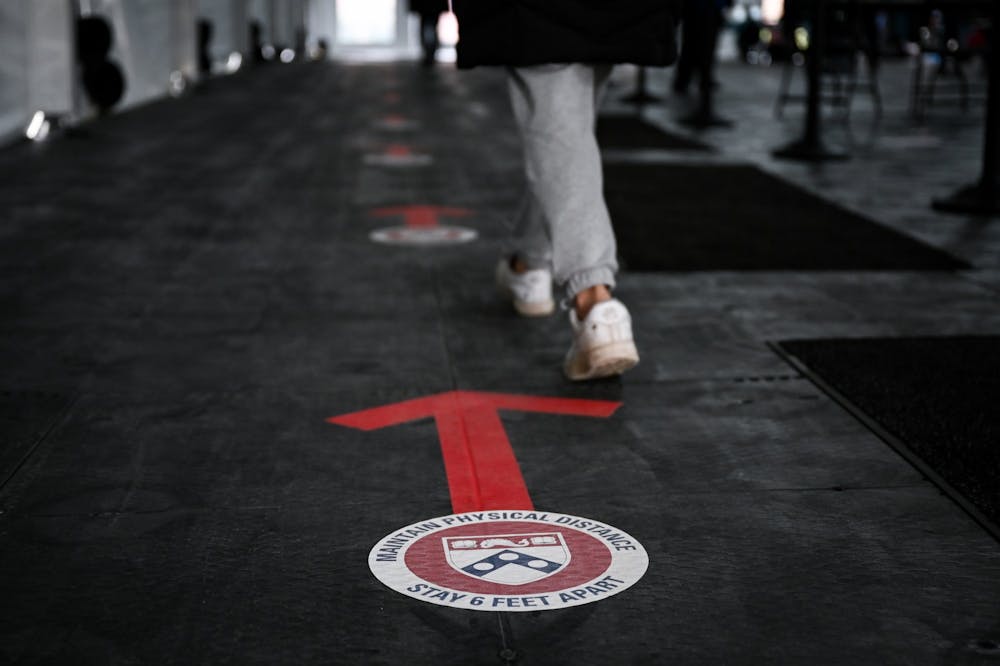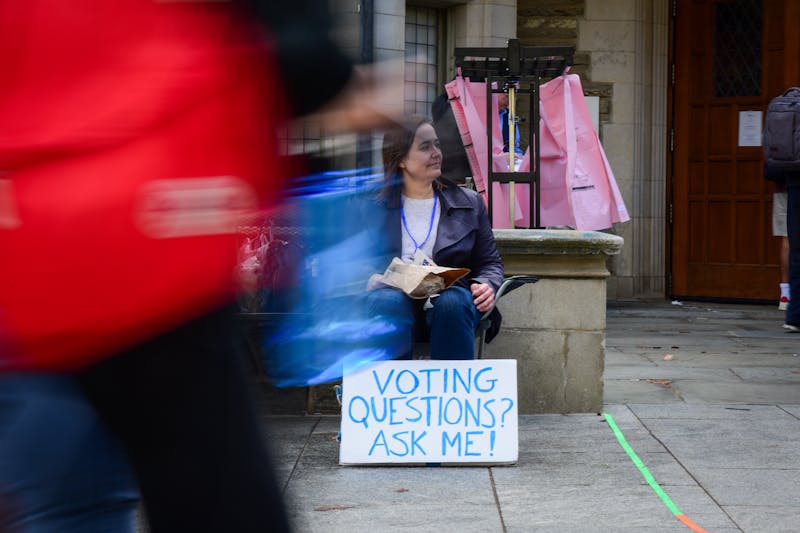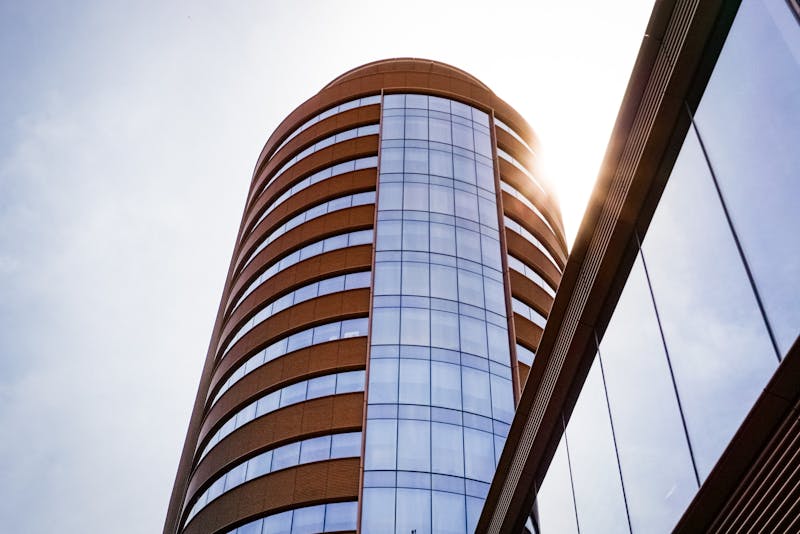
Although mere blocks from campus, the inner politics of the Philadelphia public school system can feel worlds apart from the consciousness of Penn students. This January, while thousands of students returned to Penn’s campus, public schools in the city remained closed. Now, despite safety concerns from parents and teachers, schools are phased to reopen in early March.
There is ongoing debate about whether reopening is the safest path forward. However, if reopening occurs as scheduled, the plan should include the frequent testing of both students and staff. At the bare minimum, they should be tested as frequently and quickly as Penn students are. This is a tall task for an overwhelmed school district, so Penn must be willing to provide support and funding for such a complex and costly operation.
The district’s existing reopening plan is considerably less protective than Penn’s. The current plan has only promised five weeks of testing for 20% of the hybrid student population at each school, and weekly testing for staff. While the city, in collaboration with the Children’s Hospital of Philadelphia, set up vaccination sites for teachers, these actions are not enough to ensure the safety of students and staff in the meantime.
Penn, the largest private landowner in the city, has the means and the obligation to provide comprehensive COVID-19 testing to the students and staff returning to Philly schools. While the district’s students and staff have limited access to testing, Penn’s complex Spring return-to-campus plan provides its students with twice a week testing with results within 48 hours, and access to quarantine housing and contact tracing.
The Philadelphia Federation of Teachers, which represents most of the city’s teachers, has criticized the city for its inadequate testing strategy and building ventilation. The district’s insufficient plan for reopening is more alarming considering the city’s long history of failures in school safety, where school buildings have been found to be overrun with lead, mold, and asbestos. The school district is already financially overwhelmed by these historic infrastructural problems, making the economic cost of COVID-19 safety measures all the more difficult without Penn’s support.
No family should have to put their lives at risk for their children to receive an education, especially when an institution like Penn, with a $14.9 billion endowment, exists blocks away. Although the decision to participate in hybrid learning is optional, for many parents who work long hours and can’t afford child care, it may be a necessity.
When thousands of students returned to campus this semester, abounding incidents of partying, in-person Greek life events, and general failure of students to adhere to COVID-19 guidelines led to a substantial increase in positivity rates. Still, the University demonstrated its capability to provide testing and contact tracing for thousands of students. With these strategies, the University has almost certainly prevented numerous outbreaks, undoubtedly contributing to the decreasing positivity rates in recent weeks. The city’s residents, and those returning to school, have no such option.
The ability of universities to assist communities during the pandemic is not a novel or unfathomable idea. In fact, the University of California, Davis, made headlines for its efforts to protect its entire neighboring city from coronavirus. U.C. Davis, considerably less wealthy than Penn, has invested in biweekly testing with overnight results for all 69,500 people in the city. They created a comprehensive plan, which included training graduate students to help with contact tracing, and provided isolation and quarantine housing to those exposed to the virus. The program has caught more than 850 potential outbreaks.
While Davis, Ca. — U.C. Davis’ neighboring city — is much smaller than Philadelphia, the population of those engaged with the Philadelphia public school system is a manageably-sized group to support. Especially considering that only 9,000 students, or just one third of the Philadelphia school district population, have opted to return to in-person instruction.
Still, some may ask, why should Penn pay for a city problem? The first, and perhaps most obvious, answer would be that with over half a million dead from the pandemic, organizations with the means to provide support should. Second, Penn is indebted to Philadelphia. Although Penn is the largest landowner in the city, it has no legal obligation to pay property taxes — taxes that would directly support the School District. Earlier this year, Penn took a small step towards righting this wrong when it pledged $100 million over a decade to the district. However, that commitment is only a quarter of what the University would owe.
In the donation announcement, President Gutmann stated that “nothing is more important than the health and welfare of our children.” There is no more immediate threat to the health and safety of the city’s children than COVID-19.
Even in uncertain times, one thing has remained certain: those with the resources to protect themselves from this virus have been able to. Penn, with its best intentions, has provided students with more testing resources than most of the country has access to. The disparity between Penn’s testing plan and the district's testing plan makes clear the historic problems with our nation's economic, political, and healthcare systems. But we cannot fix all of these problems in time for the school's reopening. In a global pandemic, there is a need for urgency. Penn, in your year of community engagement, it’s time to act.
UROOBA ABID is a College senior studying international relations from Long Island, N.Y. Her email address is uabid@sas.upenn.edu.
The Daily Pennsylvanian is an independent, student-run newspaper. Please consider making a donation to support the coverage that shapes the University. Your generosity ensures a future of strong journalism at Penn.
Donate






